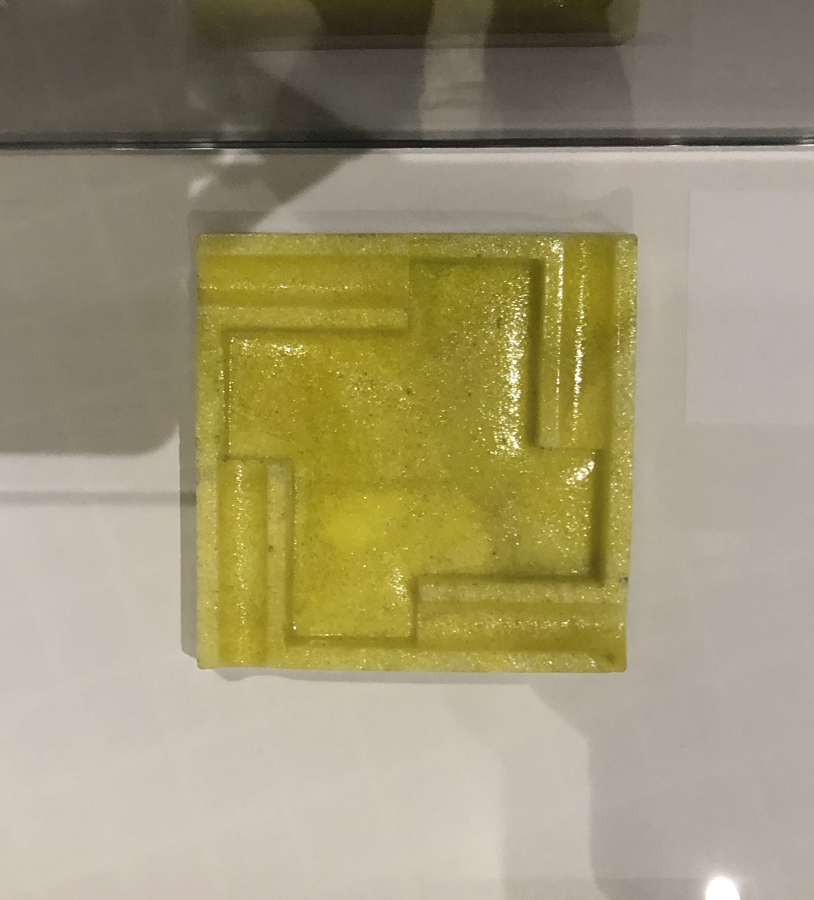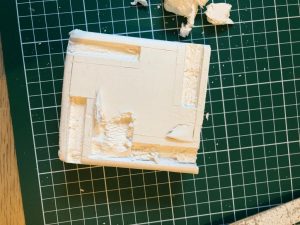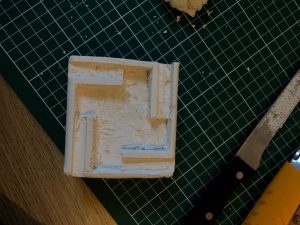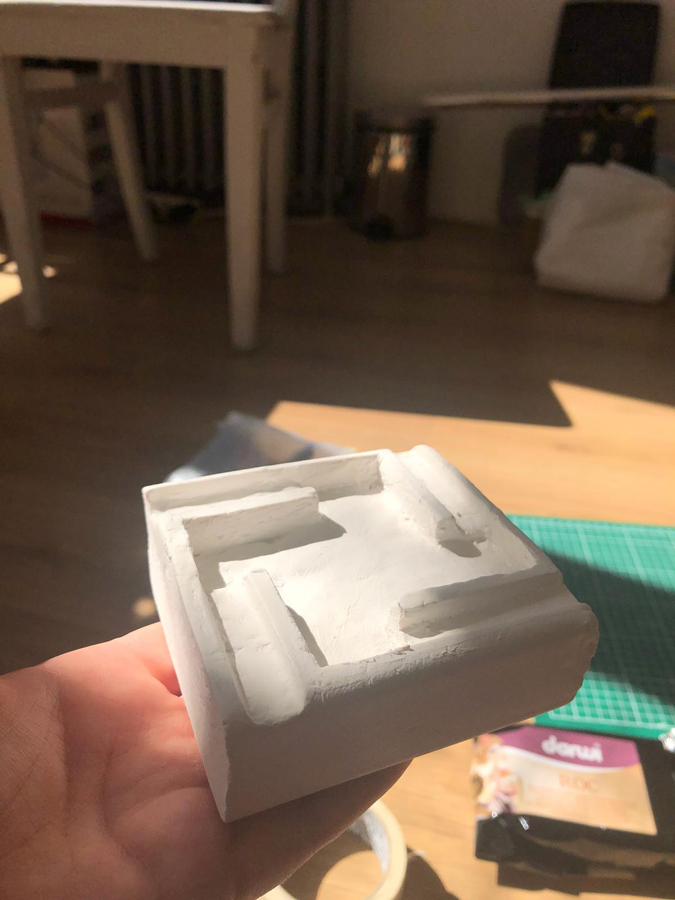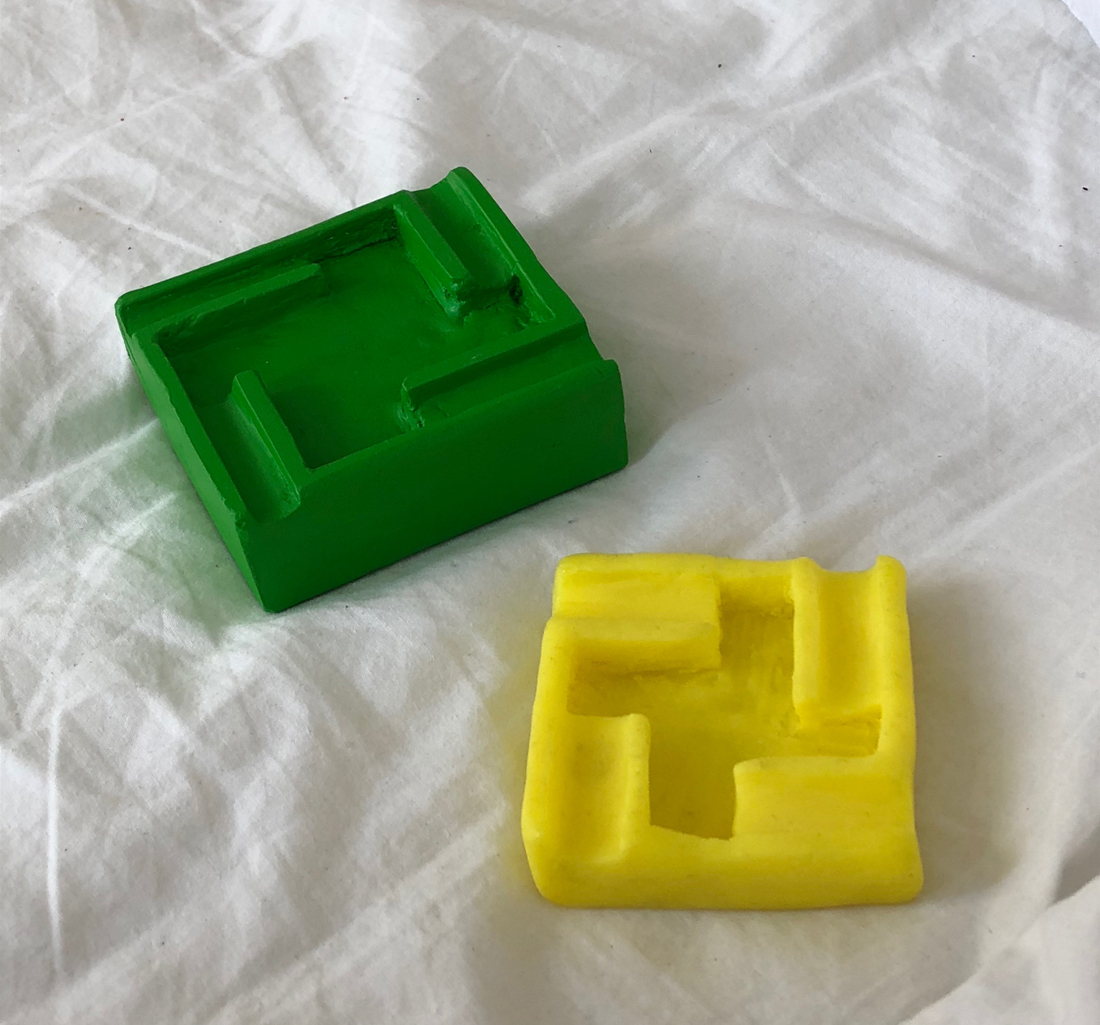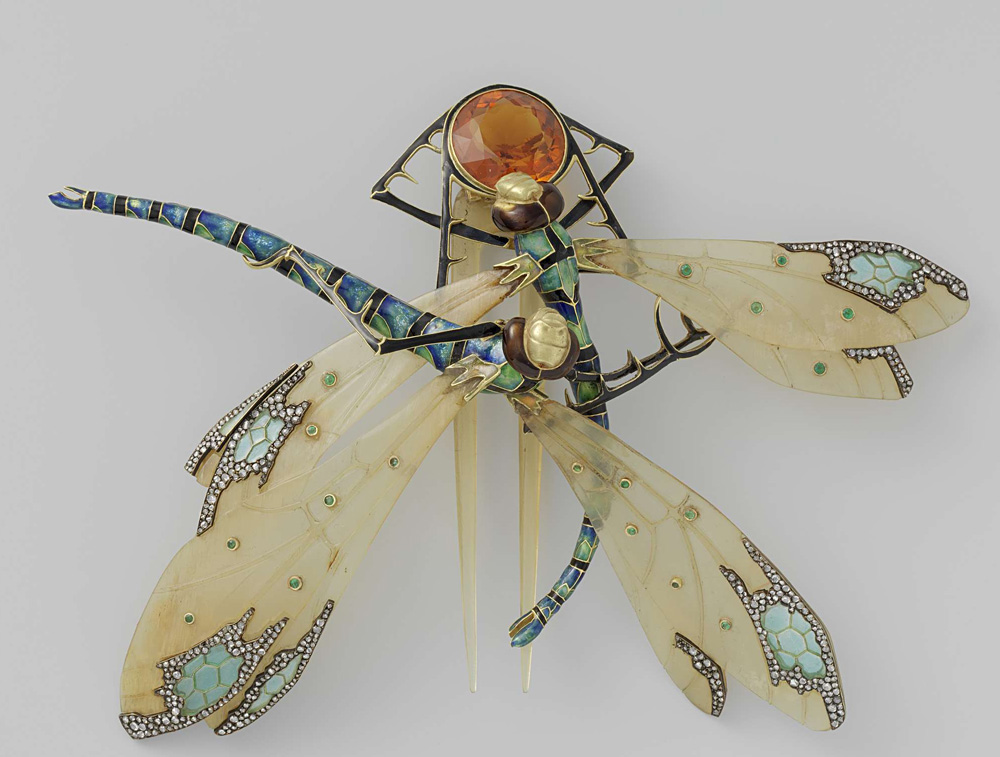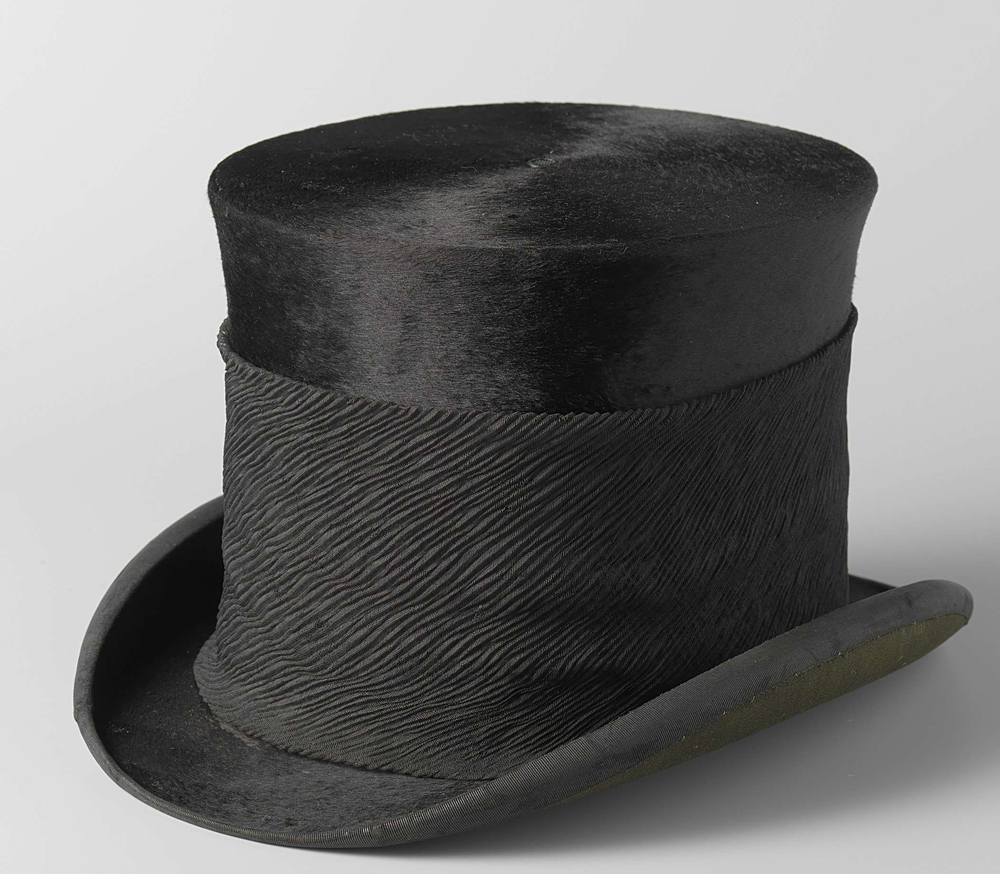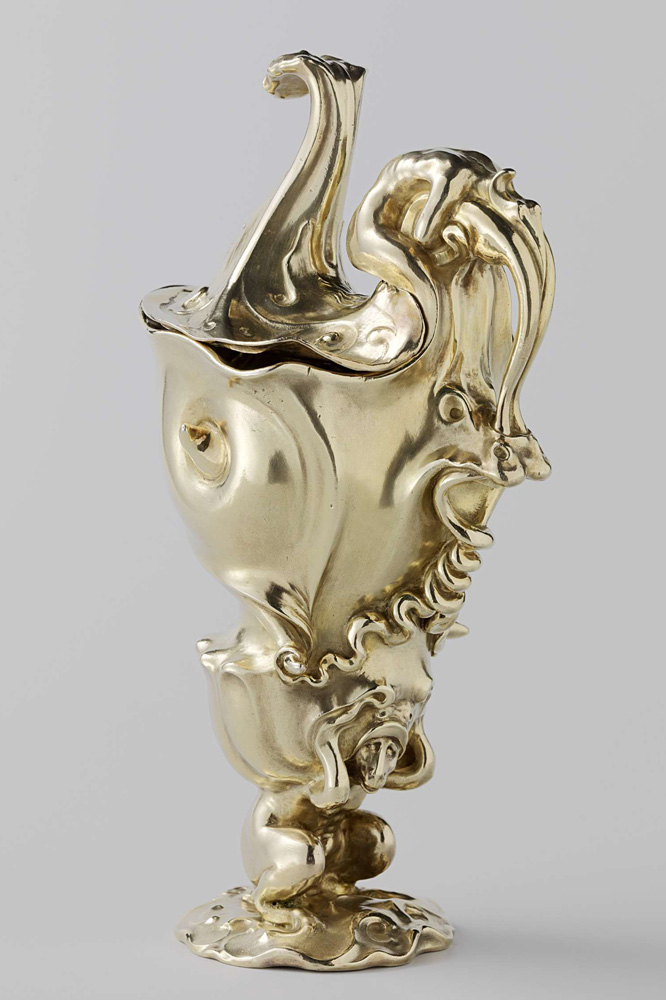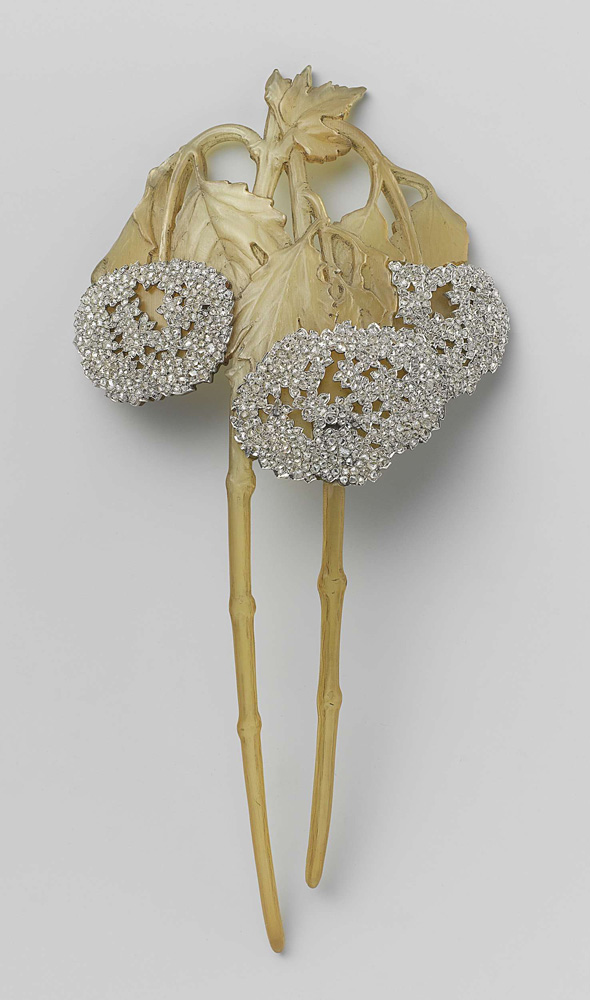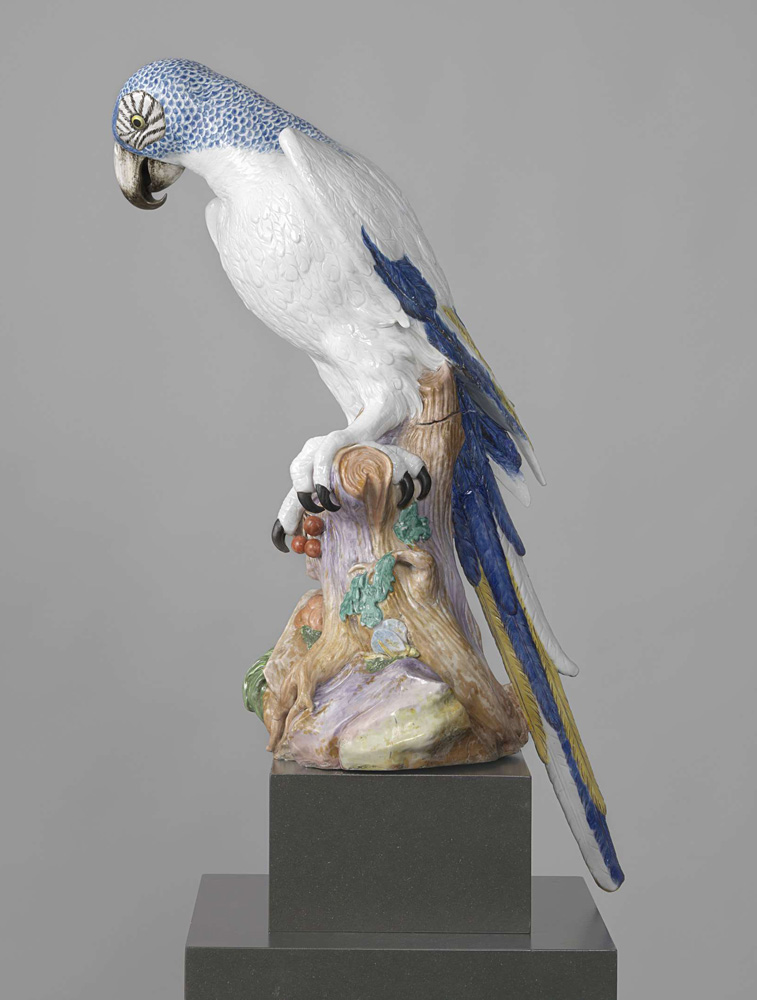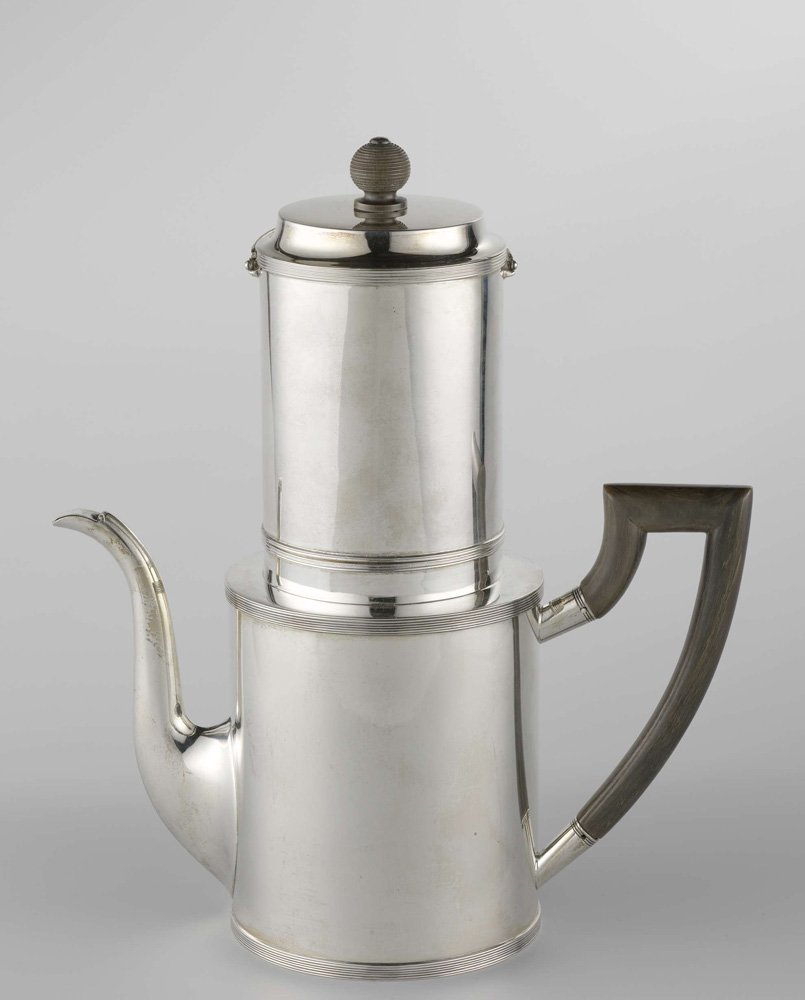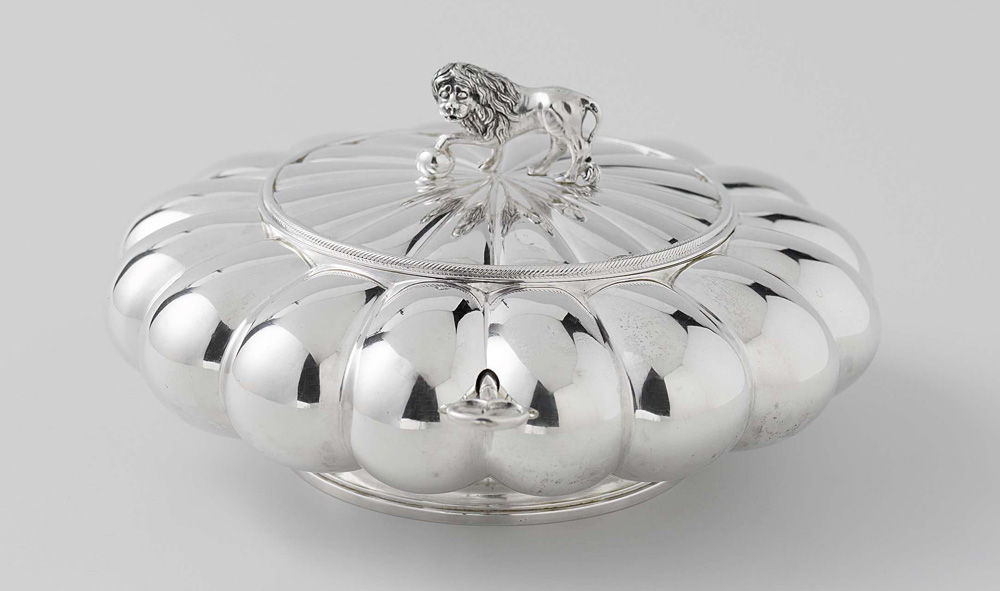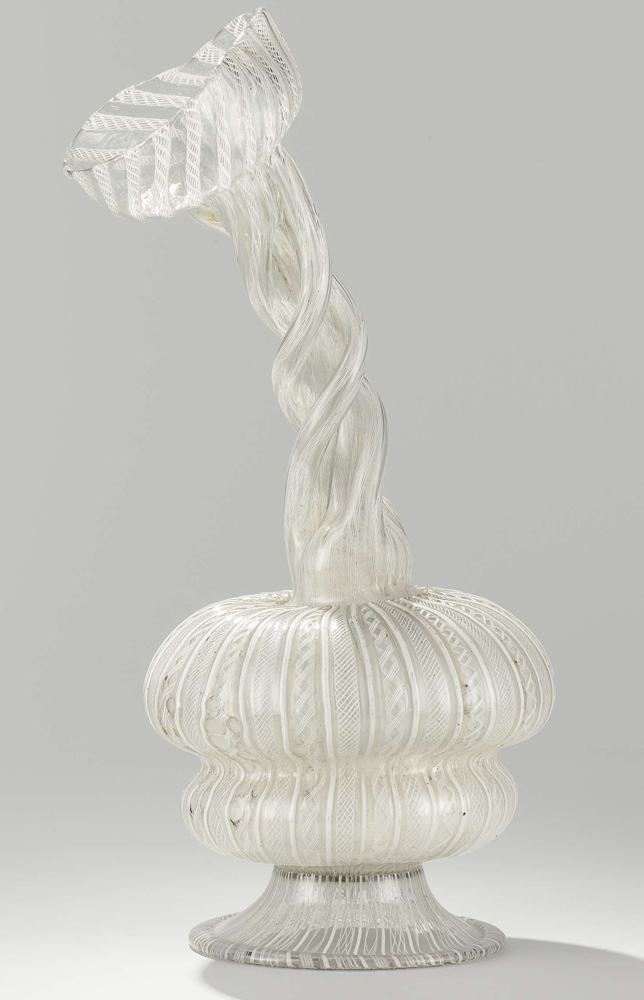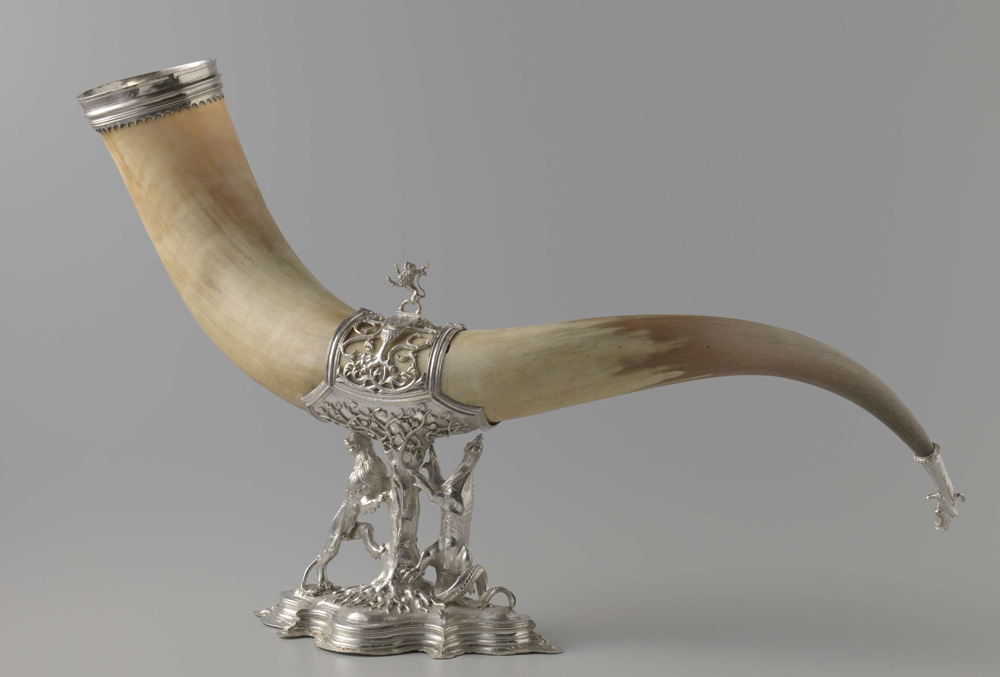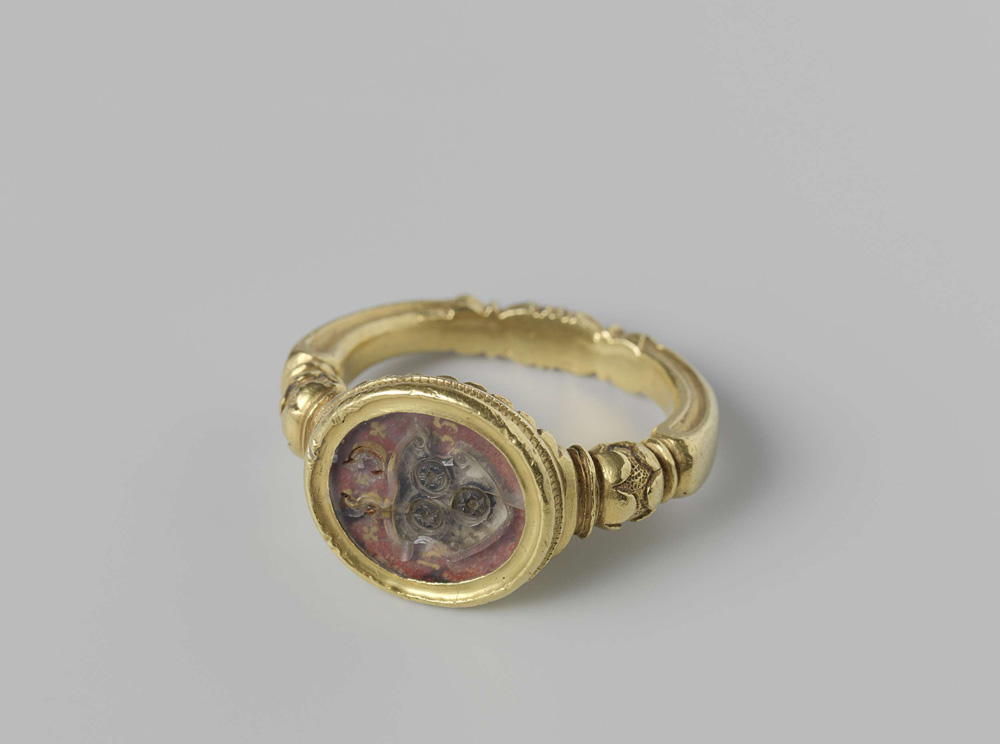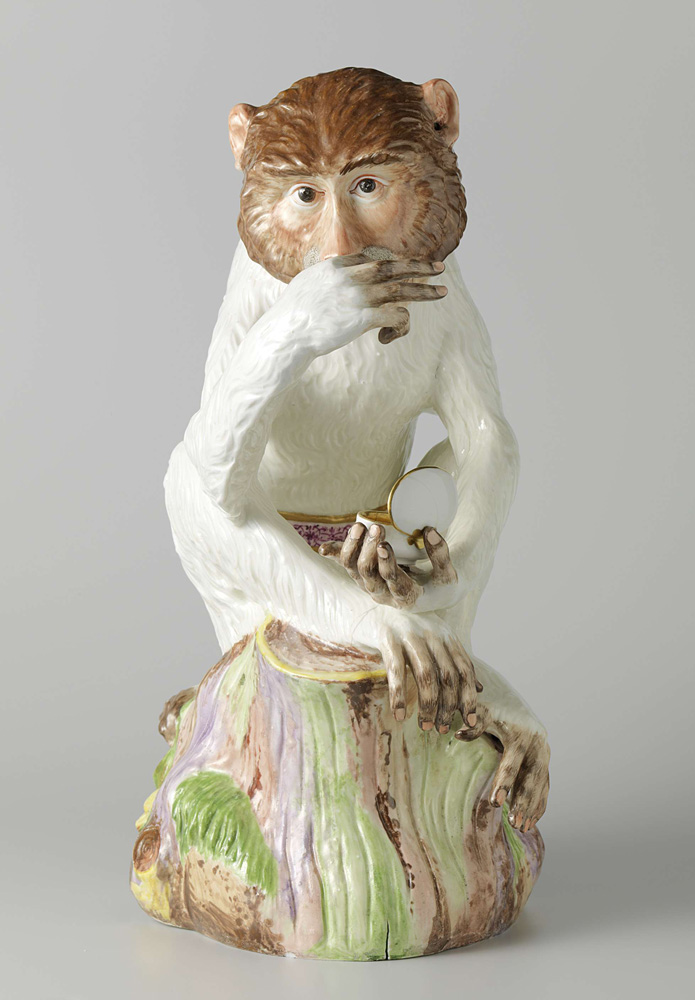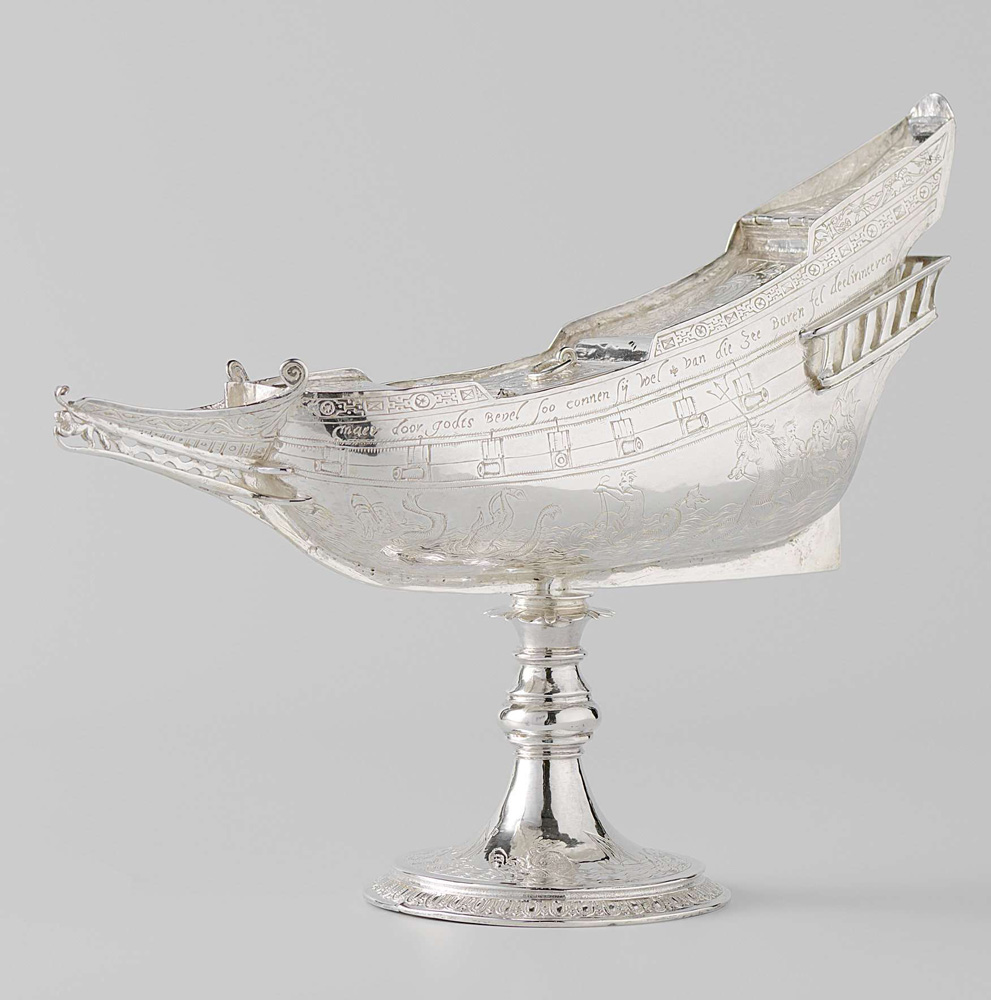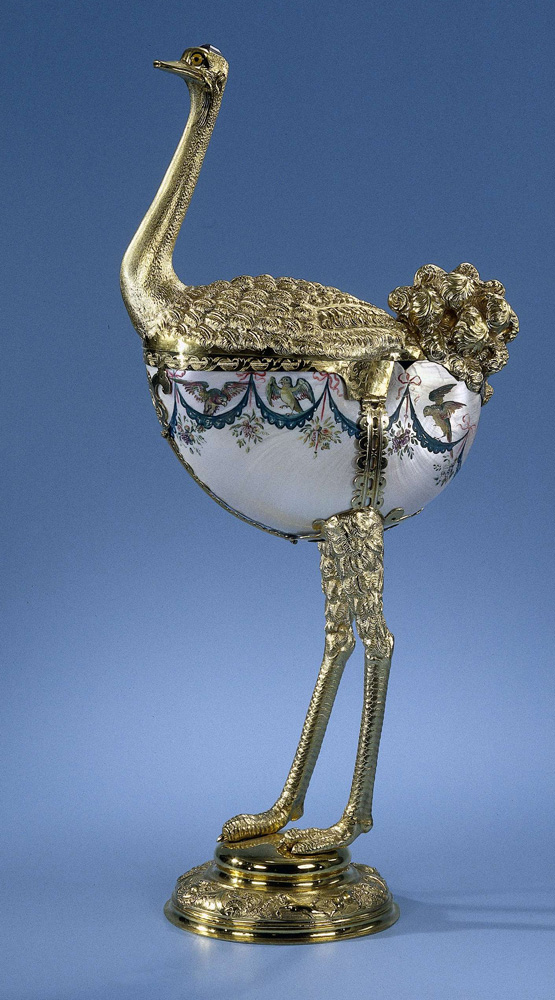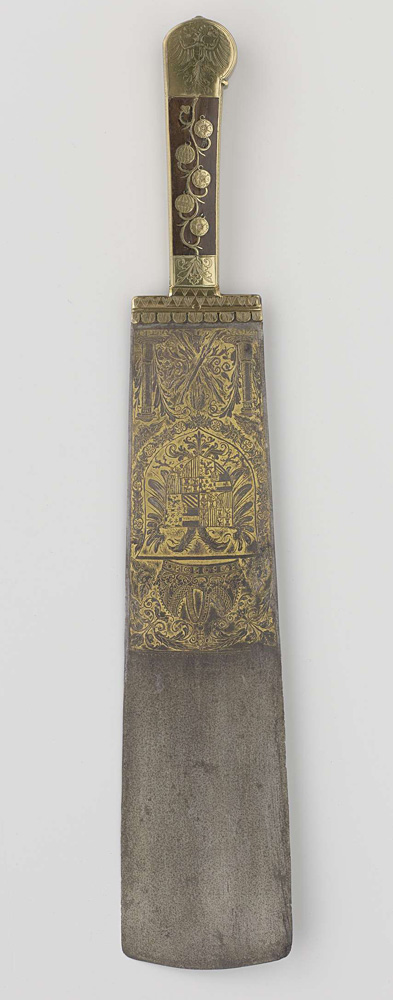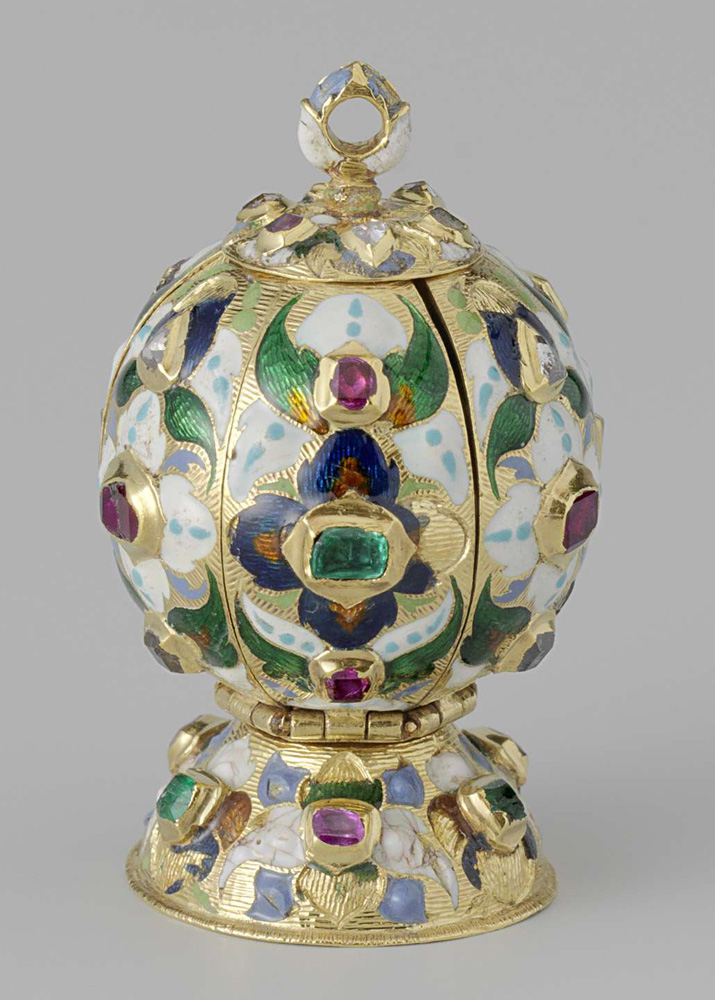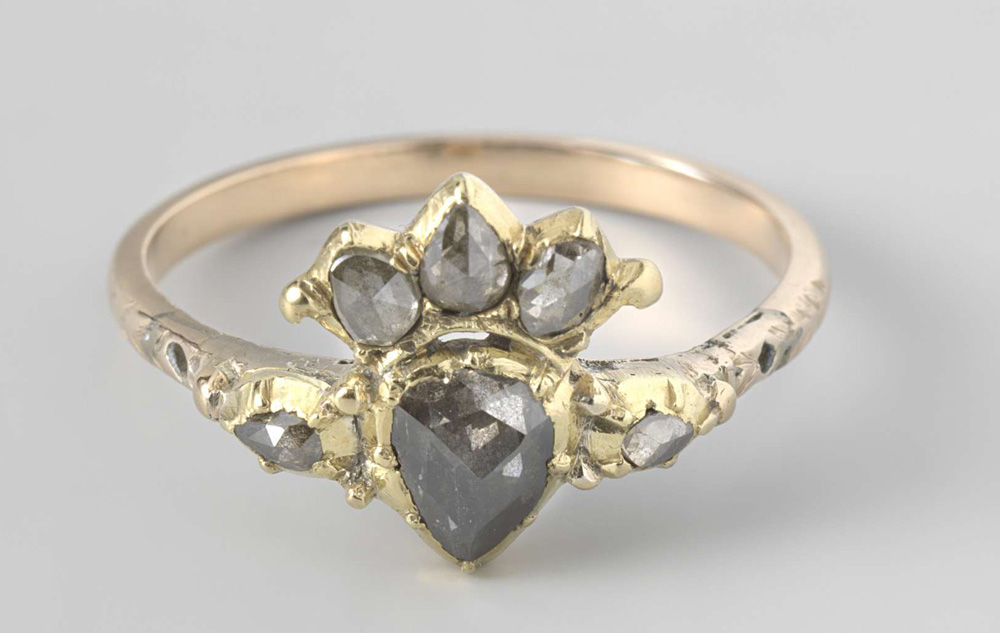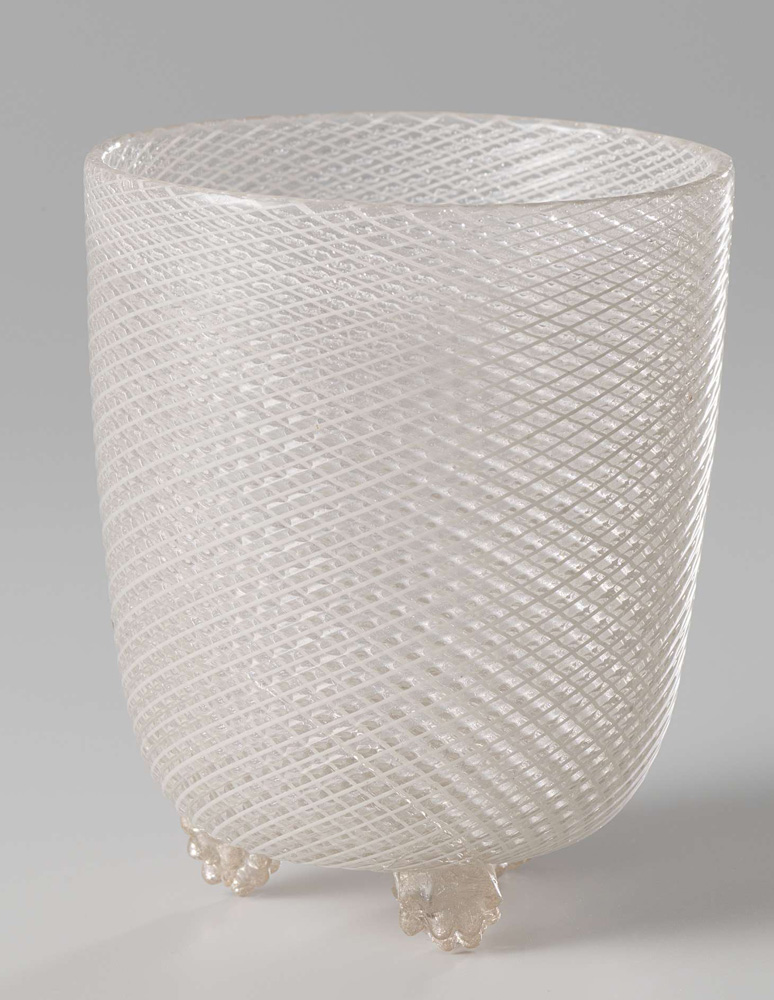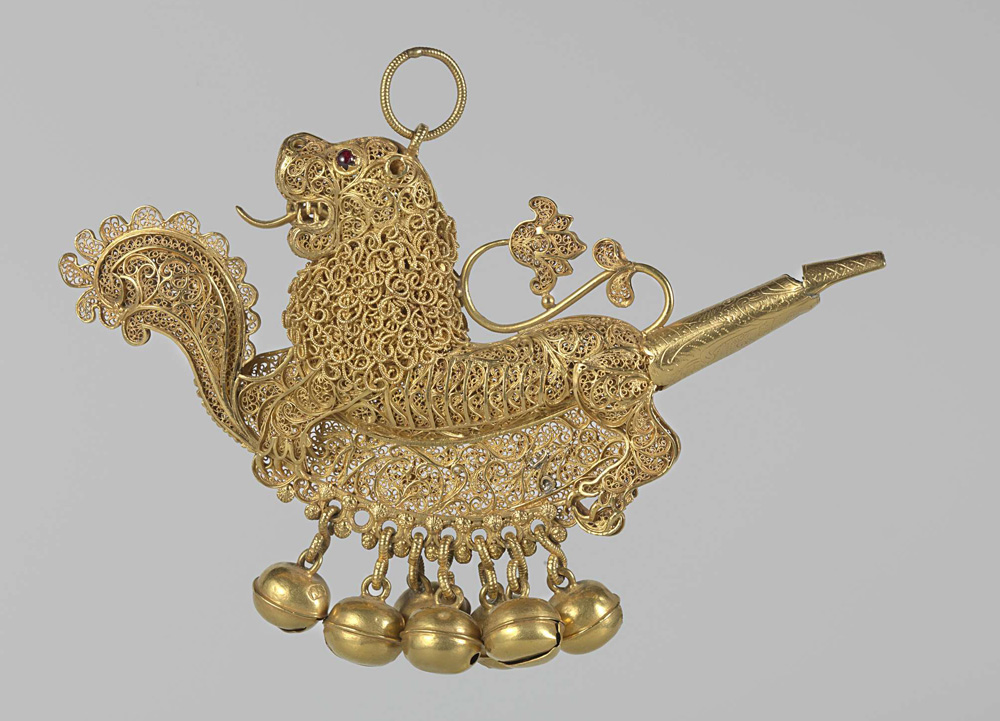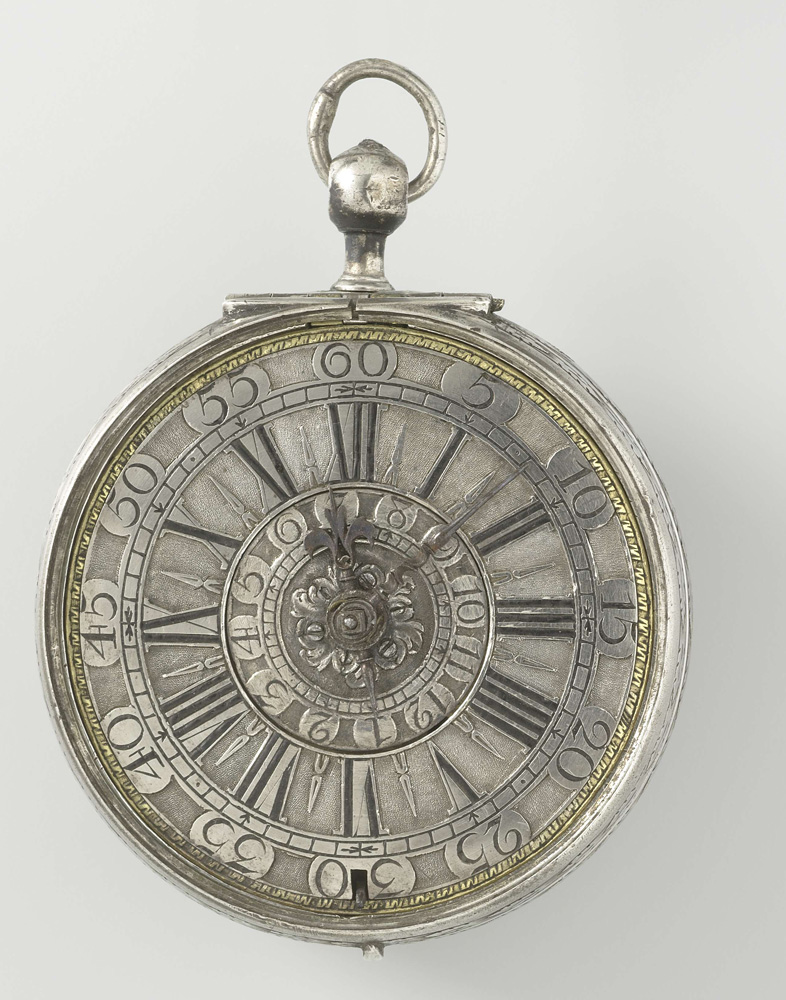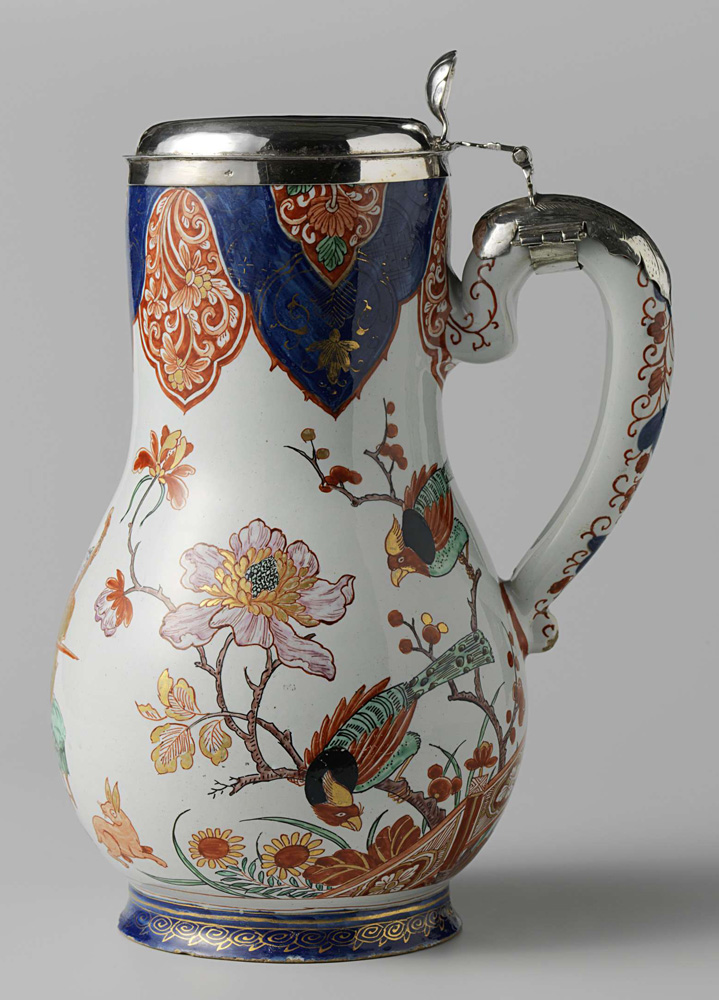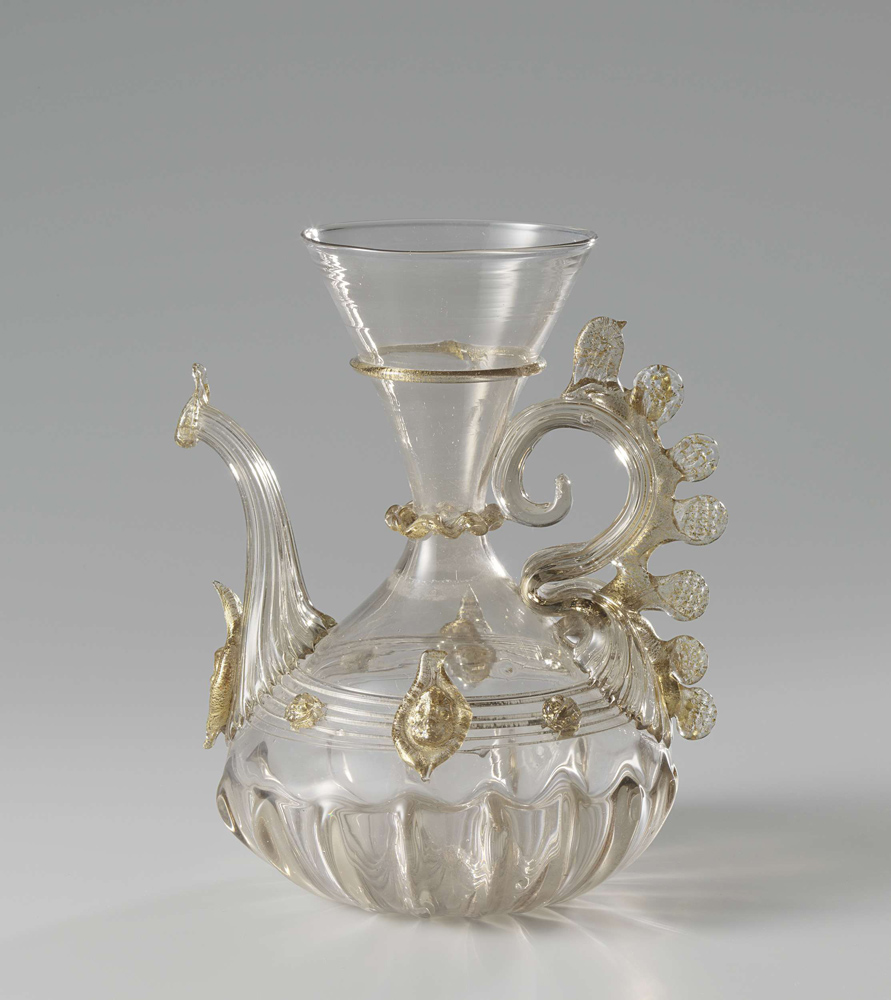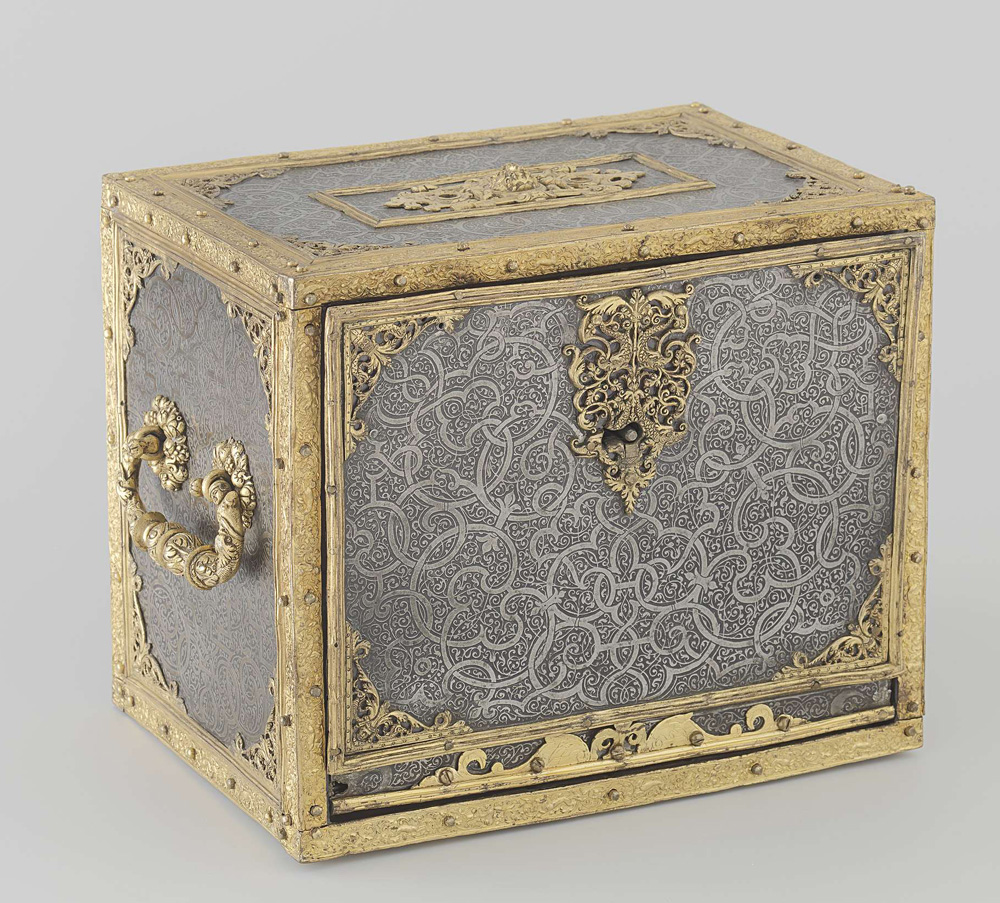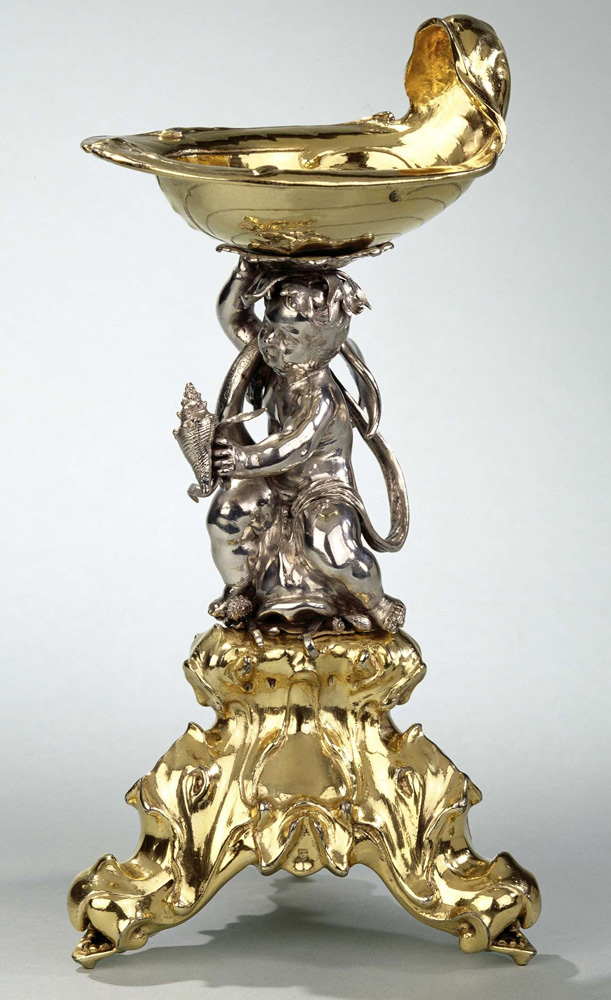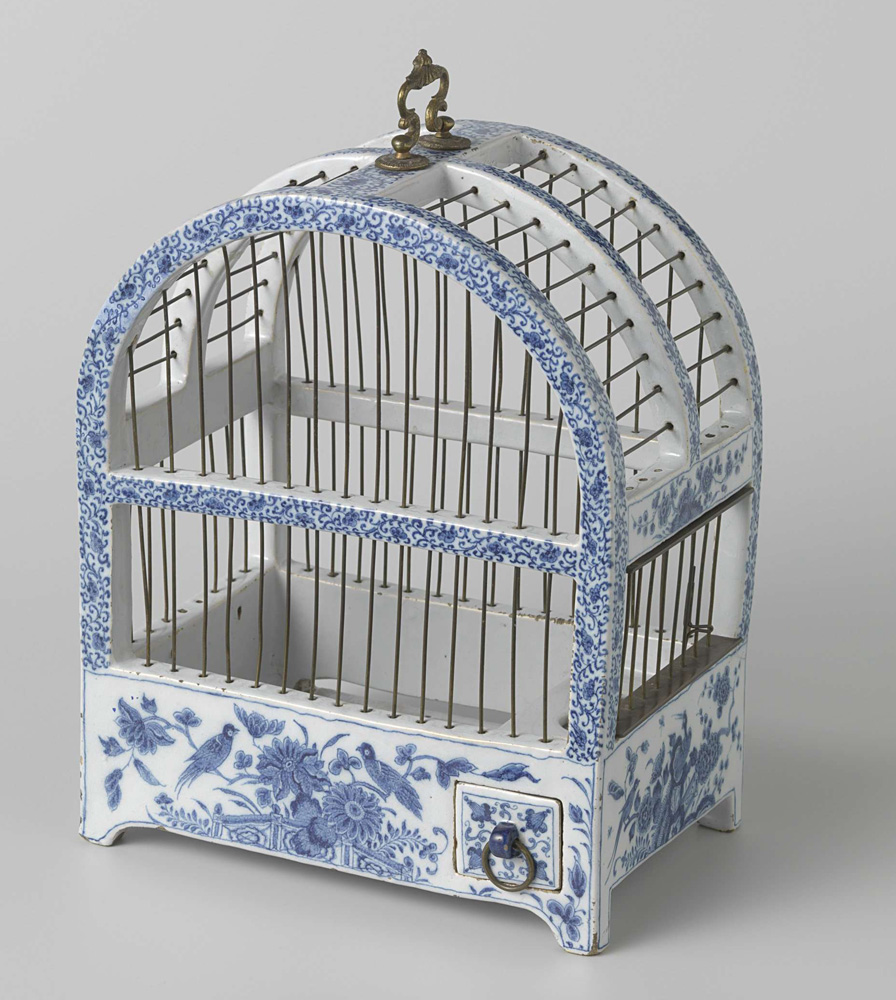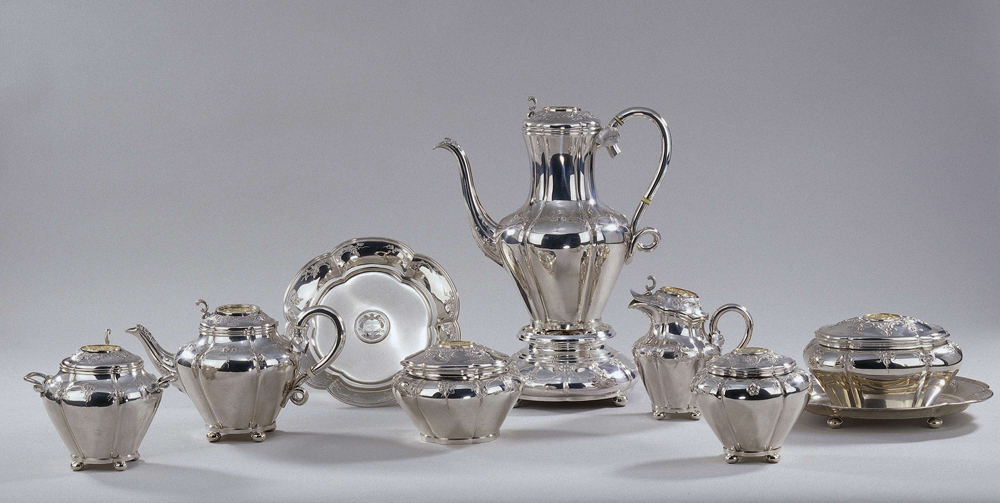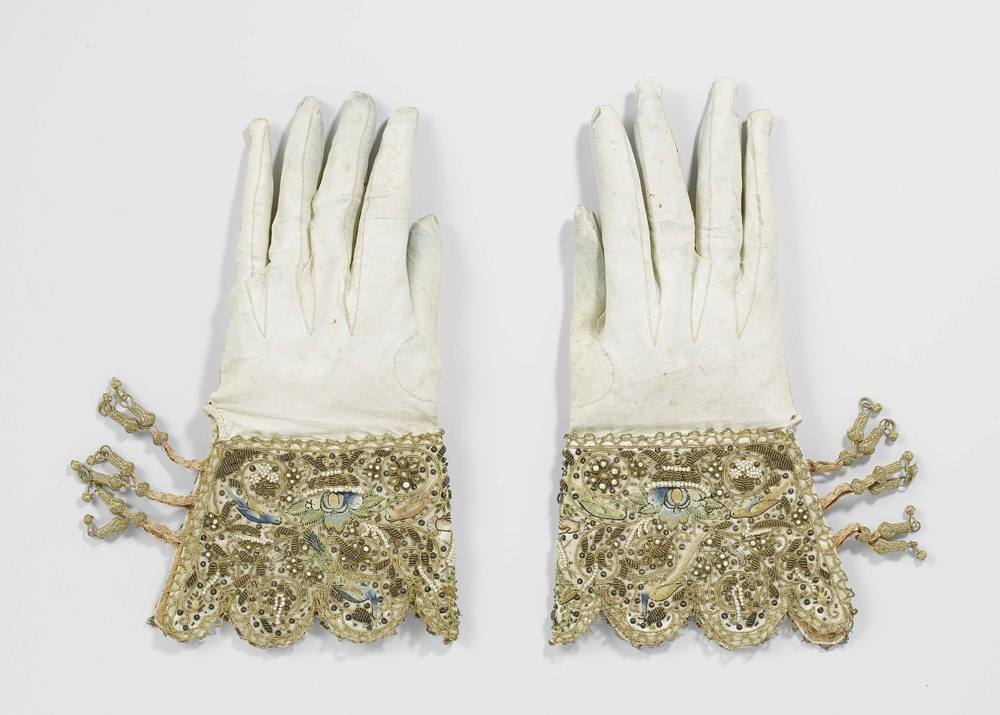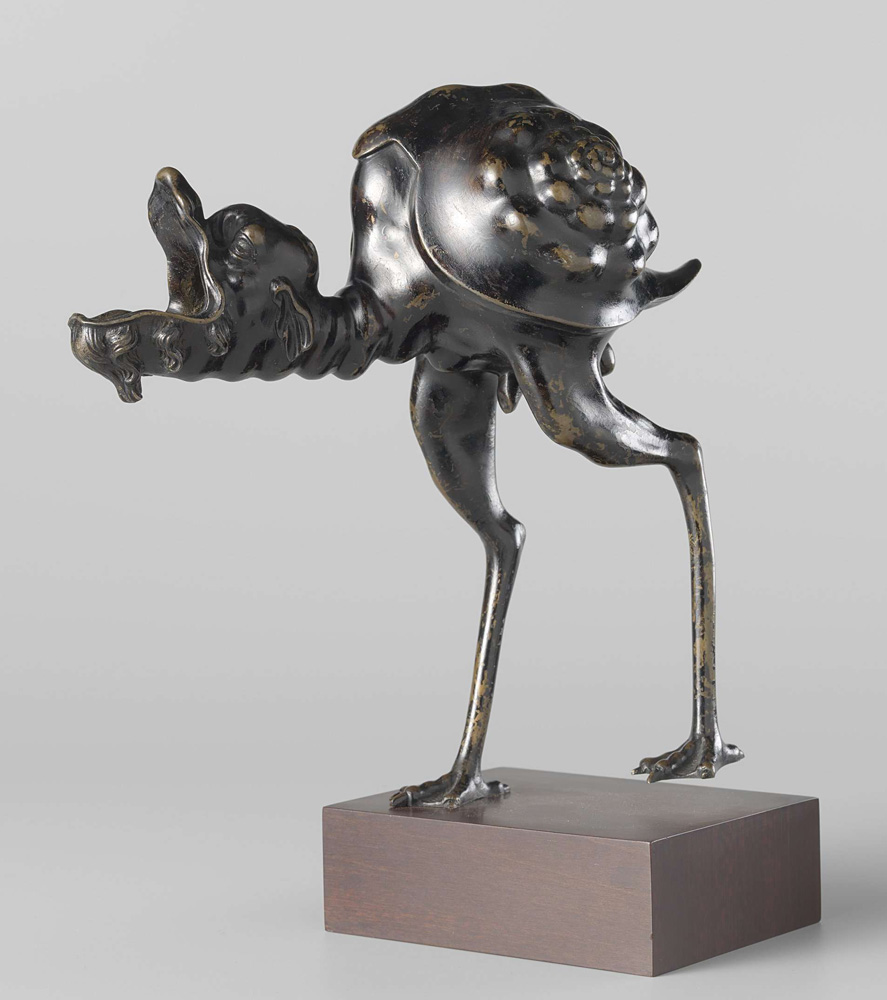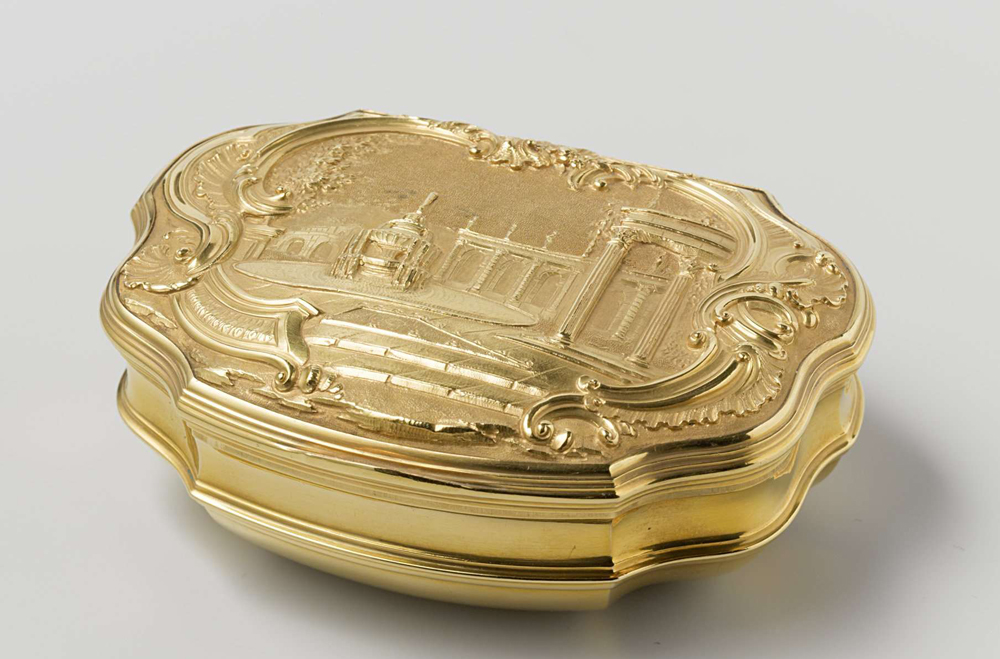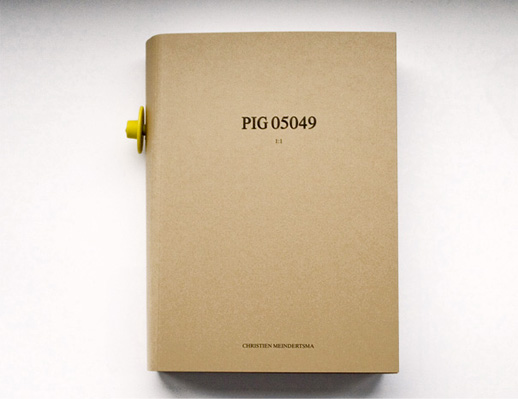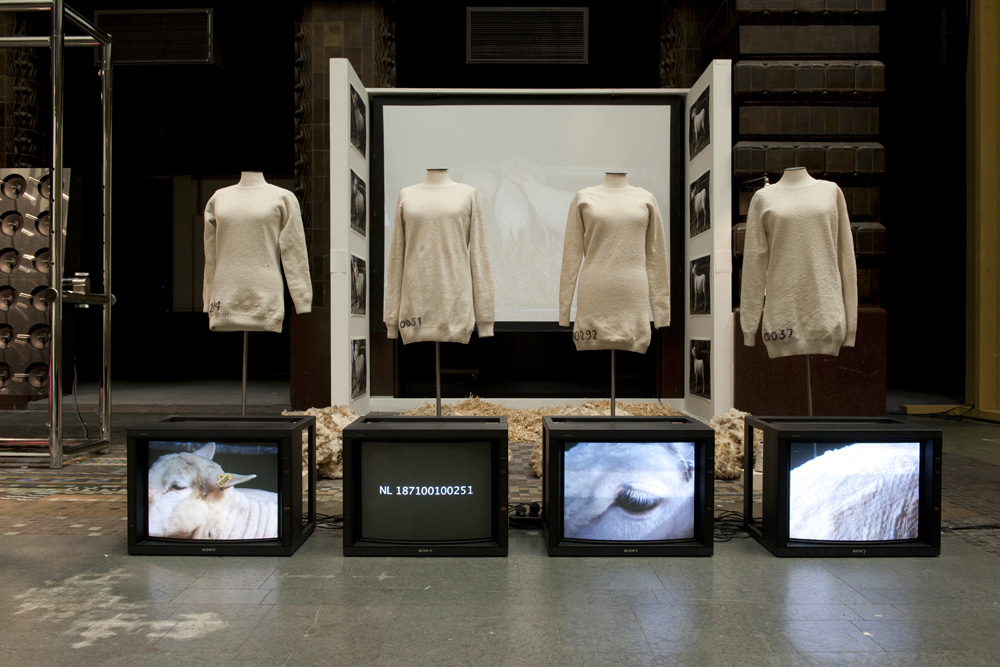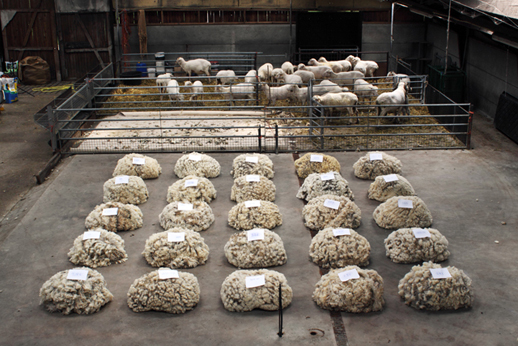I TRIED TO MAKE AN ASHTRAY
At the Bauhaus exhibition in the Boijmanns Museum many interesting objects and images were exhibited. I started taking pictures of all the things that struck at first and thus interested me. After the exhibition I was still undecided what subject or object i wanted to lay my focus on. I was interested in many parts of the exhibition but didn’t really know how to connect it to myself or to my current situation at the Rietveld academy.
Every now and then I went back and looked through the pictures I took from the exhibition and the catalog of the exhibition. I noticed that I had taken quite an amount of pictures mainly of the different ashtrays that where exhibited. I then asked myself where my “unconscious” focus on the ashtrays was coming from.
Some of the initial pictures of ashtrays that I took in the Boijmanns exhibition:
When I initially thought about trying out a new material and design I was instantly reminded about me being in a similar situation back in highschool. We had a copper driving course. We were allowed to choose a simple form with which to start with. I choose a spherical piece of copper and it ended up becoming a round shaped ashtray. Through this previous experience I thought that I can relate myself more to a Bauhaus student by putting myself in the same position trough remaking the ashtray. Basically trying to comprehend the previous process trough the attempt of reproducing the same object.
In my opinion it makes sense to start with something small and not too complicated, that requires a small amount of skills and abilities, and that can be done trough, child like intuitive experimenting with material and form, for example a vase, a teacup or an ashtray.
I then tried to think about the students in the „Vorlehre“ of the Bauhaus school and imagined that they may also started out trying a new material by making simple objects like ashtrays. An ashtray is a decorative object that is often located in the middle of a room easy accessible for everyone and at the same time functions as a design statement.
The ashtray depicted below is the one I choose from the exhibition
It was a design by Nicolaas Petrus de Koo, I choose this ashtray in particular because I felt like the time in which it was produced was really well represented in the design and color. It took the art and design language of that time ( clear forms, practicality ) and translated it into an every day object and at the same time it really represented the motive „form follows function“.
Form follows function was a principle associated with 20th-century modernist architecture and industrial design which meant that the shape of a building or object should primarily relate to its intended function or purpose. I think that is a really logical and sensual approach to not focus on all the „ornaments“ around but to rather set the focus on the pureness and the beauty of the function. I imagined to be part of the zeitgeist of that time to experience the process of reproducing an exact and polished design.
So I went and bought some clay and started carving it and forming it. While doing that i noticed that it is going to be hard to make it look as precise as the original version.
I tried to imagine the process of an Bauhaus school student. Before they created an end product they must have made several steps and try outs to come to an end result that looked finished and not crafted.
First I stated meassuring and marking the form. For this propose I just used a ruler and a stanly knife. I made my own measurements because i didn’t have the original ones.
Then I started to ruffly carve the shape into the object, trying to build the middle part deeper and to ( kind of ) even the surface.
In the end I used a water rub on the survace to make it as even as possible even though it was still clearly visible that hands where involved in this process trough the numerous fingerprints.
Here are both finished versions (dried and baked) without paint on them. (Left : self hardening clay, right : Fimo)
I think that the Rietveld Academy education and the Bauhaus school education really differ from each other.
At the Bauhaus school one received a quite specific education that would provide you with skills to produce design objects and images. The education started with a different approach, where you first learn how to produce an object, carpet, form etc. and on the ground of these tools developing a design language.
At the Rietveld Academy on the other hand it seems the way to achieve your goals is more about thinking and reflecting and being aware of yourself and what is happening in the process. If you want to learn skills and abilities, go for it.



